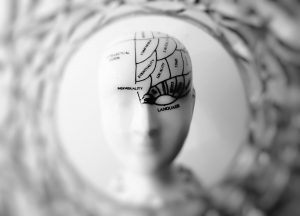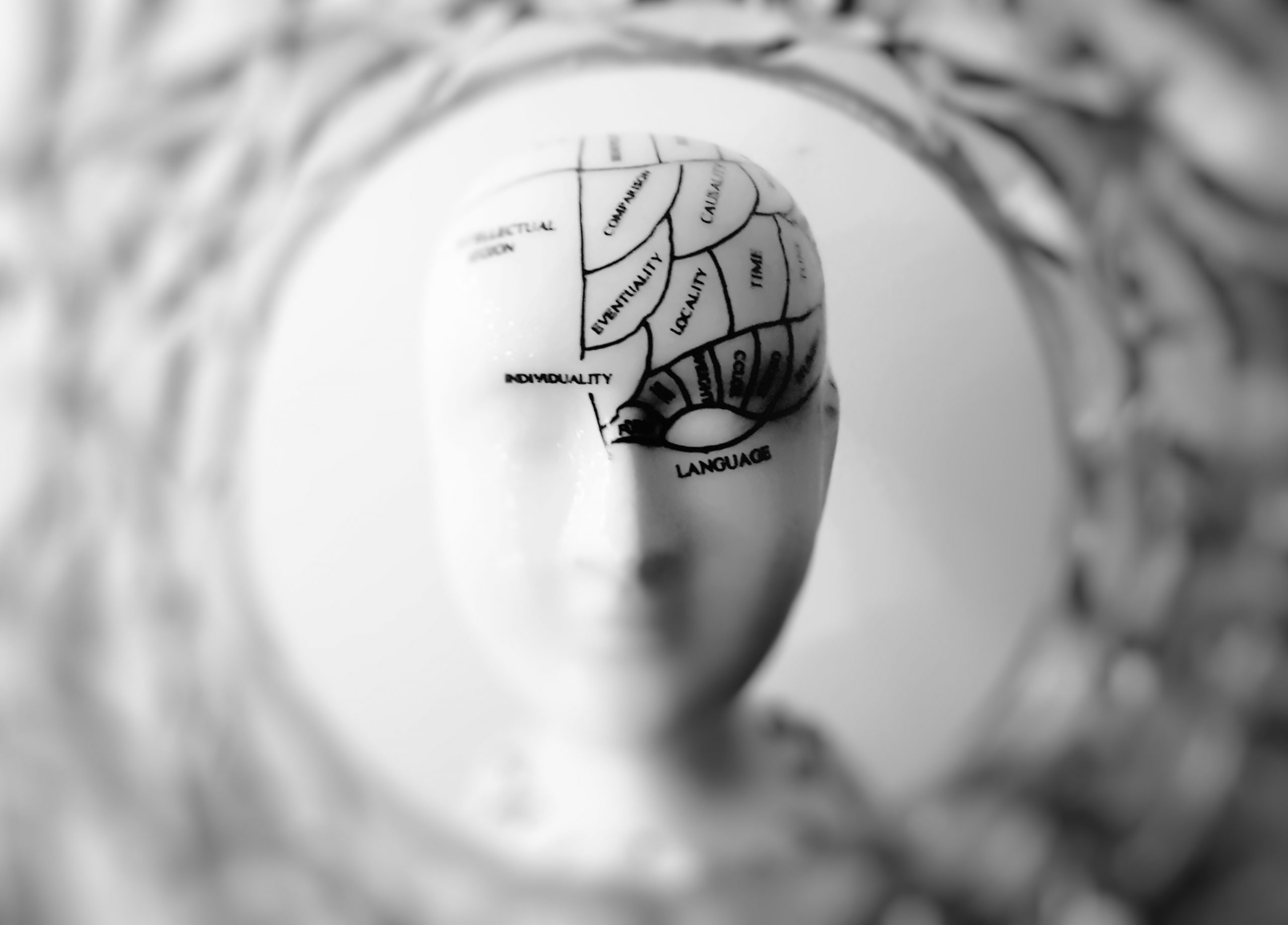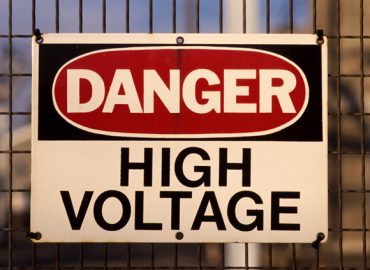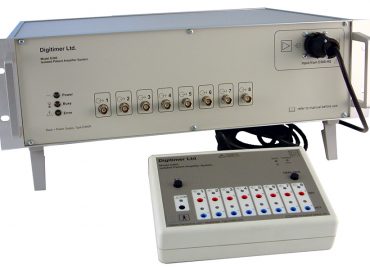How Electrical Stimulation Aids in Consciousness Research
 Consciousness is often referred to as the mind’s subjective experience. It’s closely linked to deeper cognitive processes like reflection, perception, communication, and thought. It’s only fairly recently, in the 1990s, that research and investigation on consciousness really took off. This was largely due to the increasing availability of brain-scanning technologies, including electroencephalography (EEG), which detects electrical impulses in the brain.
Consciousness is often referred to as the mind’s subjective experience. It’s closely linked to deeper cognitive processes like reflection, perception, communication, and thought. It’s only fairly recently, in the 1990s, that research and investigation on consciousness really took off. This was largely due to the increasing availability of brain-scanning technologies, including electroencephalography (EEG), which detects electrical impulses in the brain.
Electrical Stimulation in Consciousness Research
A recent study by a team of researchers from the University of Wisconsin-Madison aimed to investigate which indicators are best for conveying consciousness. Additionally, the UW-Madison researchers identified the parts of the brain that are key to the conscious mind — this may help people in comas and many other scientists who are struggling to come up with effective treatments.
The team was able to find a better way to measure consciousness after recording electrical activity in a thousand neurons throughout different parts of the brain of a pair of monkeys. The primates were monitored during different states of consciousness: under drug-induced anesthesia, during light sleep, resting wakefulness, and after being roused from anesthesia through electrical stimulation of a spot deep in the brain. After thorough observation, the researchers were able to put together all the signs associated with consciousness. These signs include the speed of brain rhythms in different brain regions, the complexity of signals being transmitted, and how these signals interact with each other in different areas. Furthermore, the authors of the study suggest that the back of the head, instead of the forehead, is a more ideal place for electrodes, as the back of the brain and the deep brain areas are more predictive of the state of consciousness. While both low- and high-frequency activity can be seen in unconscious states, it’s the frequencies’ complexity that indicates a waking mind.
“You need more complexity to convey more information, which is why it’s related to consciousness. If you have less complexity across these important brain areas, they can’t convey very much information. You’re looking at an unconscious brain,” says Michelle Redinbaugh, a co-lead author of the study.
Implications on Treatment
The possible outcome of the findings could improve therapeutic techniques for people with consciousness problems. In fact, knowing how and where to optimize electrical patterns could be the foundation for precise brain stimulation for people in comas or those with brain injuries, dementia, and other similar conditions. This could help maintain a continuous level of consciousness.
Electrical stimulation currently holds great therapeutic potential, but there’s still more research and clinical trials to be done ideally on humans next, after the success of the study on monkeys. A clinical trial would include an intensive observation period involving an eclectic team of researchers, healthcare professionals, and top-notch devices.
For one, these studies would need electrical stimulators that are cleared by the Food and Drug Administration (for trials in the U.S.) and certified to the Medical Device Directive (for trials in Europe). These organizations don’t just look into hardware performance, but also into their design and production processes, including the electronic circuitry. Modern electrical stimulators are equipped with digital processors and complex printed circuit boards (PCB) that need to be designed to meet stringent international standards. This ensures medical devices not only perform as expected, but are not sources of or susceptible to electromagnetic interference (EMC compatibility). Understandably, in the field of consciousness research, it’s important to the acquire the cleanest and most precise data possible.
On top of that, certifications and regulations are ever-changing in this evolving field. This is why labs and researchers need to source reliable and high quality medical devices and scientific instruments, that ensure the safety of their subjects and optimise data accuracy.
When used strategically, electrical stimulation could be a great non-invasive and non-pharmacologic treatment option for complicated consciousness problems.
Specially written for digitimer.com
By: Roanna Julianne



